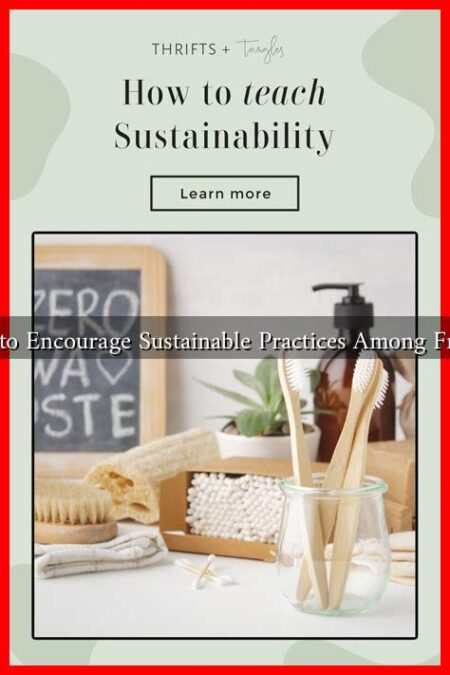-
Table of Contents
- How to Recycle Old Clothes for Fall 2024 Fashion
- The Importance of Recycling Clothes
- Creative Ways to Recycle Old Clothes for Fall 2024
- 1. Upcycling: Transforming Old into New
- 2. Thrift Flipping: Reselling for a Cause
- 3. Clothing Swaps: Refresh Your Wardrobe
- Case Studies: Successful Recycling Initiatives
- Conclusion: Embrace Sustainable Fashion This Fall
How to Recycle Old Clothes for Fall 2024 Fashion
As the leaves begin to change and the air turns crisp, fashion enthusiasts are gearing up for Fall 2024. However, with the rise of sustainable fashion, many are looking for ways to recycle old clothes instead of buying new ones. This article explores innovative methods to repurpose your wardrobe, ensuring you stay stylish while being environmentally conscious.
The Importance of Recycling Clothes
Recycling clothes is not just a trend; it’s a necessity. The fashion industry is one of the largest polluters globally, contributing to significant waste and carbon emissions. According to the Environmental Protection Agency (EPA), in 2018, 11.3 million tons of textile waste ended up in landfills in the United States alone. By recycling old clothes, we can:
- Reduce landfill waste
- Conserve resources used in clothing production
- Minimize carbon footprint
- Support local economies through thrift and upcycling initiatives
Creative Ways to Recycle Old Clothes for Fall 2024
With a little creativity, you can transform your old garments into fashionable pieces for the upcoming season. Here are some innovative ideas:
1. Upcycling: Transforming Old into New
Upcycling involves taking old clothing and turning it into something new and stylish. Here are some popular upcycling ideas:
- Patchwork Designs: Combine different fabric scraps to create unique patchwork jackets or skirts.
- Denim Reimagined: Turn old jeans into trendy bags or vests.
- Layering Pieces: Convert oversized shirts into stylish layering pieces by cutting and sewing them into cropped tops or dresses.
2. Thrift Flipping: Reselling for a Cause
Thrift flipping is a growing trend where individuals buy second-hand clothes, modify them, and sell them for profit. This not only promotes recycling but also supports local thrift stores. Consider these steps:
- Visit local thrift shops to find unique pieces.
- Use social media platforms like Instagram or Depop to showcase your creations.
- Donate a portion of your profits to environmental charities.
3. Clothing Swaps: Refresh Your Wardrobe
Organizing a clothing swap with friends or community members is a fun way to recycle clothes. Here’s how to host a successful swap:
- Set a date and location, preferably in a spacious area.
- Encourage participants to bring items they no longer wear.
- Establish rules for swapping, such as a one-for-one exchange.
Clothing swaps not only help you refresh your wardrobe but also foster community spirit and reduce waste.
Case Studies: Successful Recycling Initiatives
Several brands and organizations are leading the way in clothing recycling. For instance:
- Patagonia: This outdoor clothing brand has a program called Worn Wear, which encourages customers to trade in their used gear for store credit.
- H&M: The fashion giant has implemented a garment collecting initiative, allowing customers to drop off old clothes in-store for recycling.
- Goodwill: This nonprofit organization not only sells donated clothes but also provides job training and employment opportunities.
These initiatives demonstrate that recycling clothes can be both profitable and beneficial for society.
Conclusion: Embrace Sustainable Fashion This Fall
As we approach Fall 2024, it’s essential to rethink our approach to fashion. By recycling old clothes, we can reduce waste, support local economies, and express our creativity. Whether through upcycling, thrift flipping, or organizing clothing swaps, there are numerous ways to refresh your wardrobe sustainably. Remember, every small action counts in the fight against fashion waste. So, gather your old clothes and start your recycling journey today!
For more information on sustainable fashion practices, visit Sustainable Fashion Forum.


